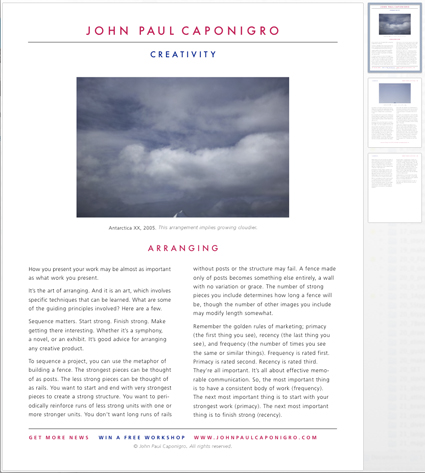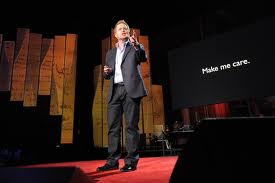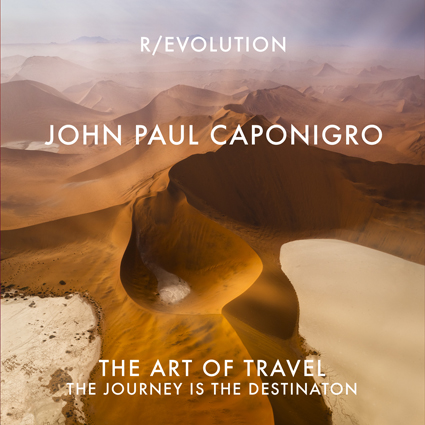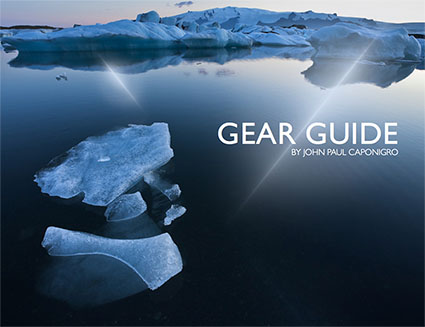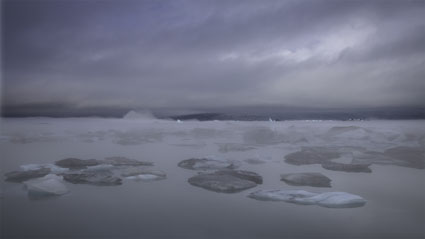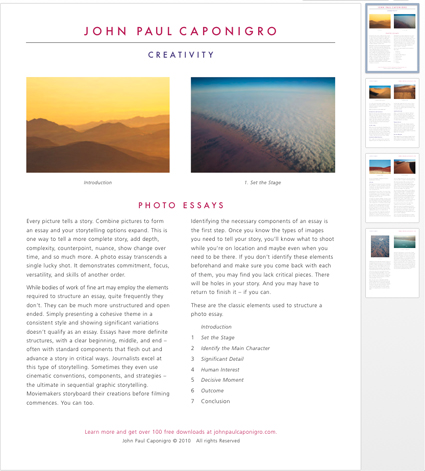
Every picture tells a story. Combine pictures to form an essay and your storytelling options expand. This is one way to tell a more complete story, add depth, complexity, counterpoint, nuance, show change over time, and so much more. A photo essay transcends a single lucky shot. It demonstrates committment, focus, versatility, and skills of another order. Photo essays have more definite structures, with a clear beginning, middle, and end – often with standard components that flesh out and advance a story in critical ways.
Identifying the necessary components of an essay is the first step. Once you know the types of images you need to tell your story, you’ll know what to shoot while you’re on location and maybe even when you need to be there. If you don’t identify these elements beforehand and make sure you come back with each of them, you may find you lack critical pieces. There will be holes in your story. And you may have to return to finish it – if you can.
Here’s are the classic shots used to structure a photo essay.
1 Introduction
2 Set the Stage
3 Identify the Main Character
4 Significant Detail
5 Human Interest
6 Decisive Moment
7 Outcome
8 Conclusion
You could say all other images included in an essay are just variations of these few types of images. I’d be surprised if exceptions couldn’t be found, but they would be exceptions.
Learn more about each shot in this free PDF.
Subscribe to Insights enews and download it free.


